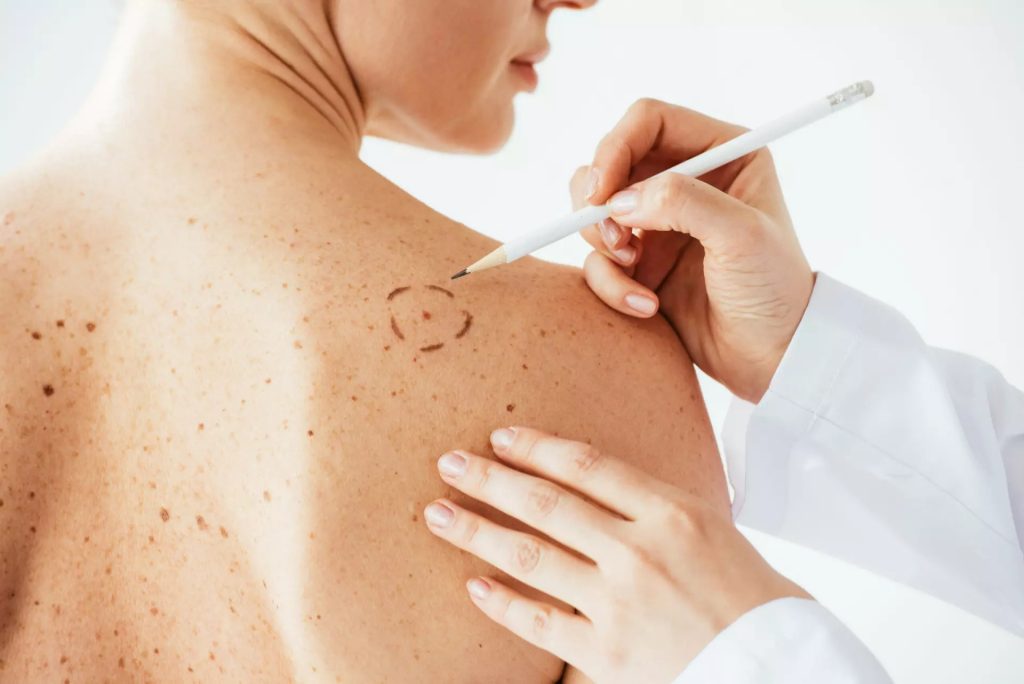Sculpting Beauty – The Latest in Cosmetic Dermatology Procedures
Skin break out is downright baffling generally speaking. Managing many pimples can be a mind-boggling experience, and the basic truth is that those over the counter creams can unfortunately help a limited amount. Your smartest option is to look for somebody who can assist with enjoying qualified dermatologists. Colorado Springs brings numerous to the table. There are heaps of ways a dermatologist can be valuable in the event that you have skin break out, and at times, they are a flat out must. For instance, assuming that you have never been treated for skin inflammation previously, however you are encountering an unexpected breakout now, the odds are great that you want to visit a tad of help. Your concern could be connected with another condition that looks like skin break out yet has serious results. Moreover, in the event that you have the kind of skin break out that produces knobs or sores, practically the best way to seek solid treatment is a visit to the texas skin and vein dermatologist.

This sort of skin break out can cause broad scarring, so it is ideal to get proficient assistance before it turns into a more concerning issue. When you make your arrangement, the dermatologist will initially assess the skin condition. The person will need a considerable amount of data about your set of experiences with skin break out and your side effects. When the dermatologist gets a total image of what is moving on, you two can examine treatment choices. The following are a couple of the most well-known: Medicine – Nowadays, there are various prescriptions available that can take care of treat skin break out from within. While you may likewise be recommended a sedated cleanser or facial scour, you are probably going to take a pill every day to assist with controlling breakouts. These meds can be exceptionally helpful, yet there are a few genuinely difficult incidental effects, so guarantee you examine everything with your PCP before you have your remedy filled.
Laser Medicines in Northstar dermatology at north richland hills – Utilizing a wide range of laser systems, your dermatologist can assist you with getting clear skin in an extremely short measure of time. As a rule, more than one treatment is required, and keeping in mind that there frequently is no continuous aggravation, your skin might appear warm to the touch for a couple of days a short time later. Microdermabrasion – While many look at this as a methodology you can get in a prescription spa, you can likewise get one at the workplaces of dermatologists. Colorado Springs has numerous experts who just make this piece of their administration contributions, and during the strategy, little gems are, basically, heaved at your skin to assist with eliminating the top layer. Incredible for skin break out is not current aggravated. In the event that you experience the ill effects of skin break out, your smartest option might be to explore a couple of dermatologists.





